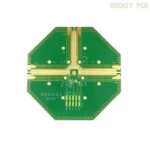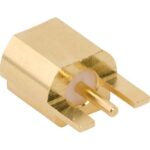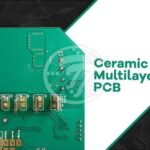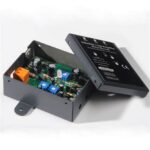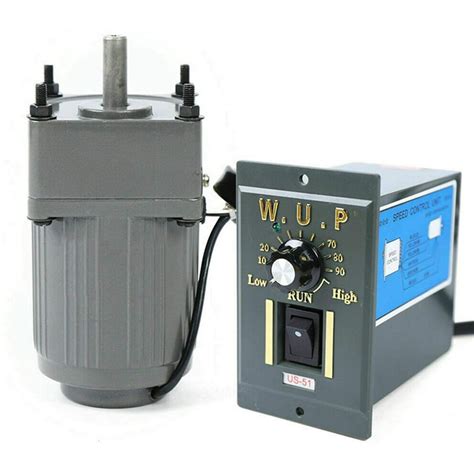
ALL ABOUT FLEX PCB
-
 Read more: 7 Things you Need to Know About DC Motor Controller
Read more: 7 Things you Need to Know About DC Motor ControllerIntroduction to DC Motor Controllers A DC motor controller is a device that regulates the speed, torque, and direction of a DC motor. It plays a crucial role in various applications, from industrial machinery to robotics and automotive systems. Understanding the basics of DC Motor Controllers is essential for anyone […]
-
S8550 Transistor: A Detailed Explanation
Posted by
–
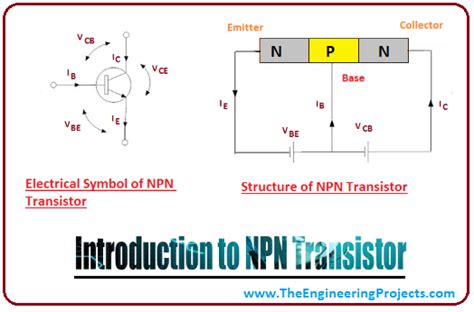 Read more: S8550 Transistor: A Detailed Explanation
Read more: S8550 Transistor: A Detailed ExplanationWhat is an S8550 Transistor? The S8550 is a type of bipolar junction transistor (BJT) with a PNP configuration. It consists of three semiconductor regions: the emitter, base, and collector. The transistor is designed to amplify or switch electronic signals, making it a fundamental component in many electronic devices. S8550 […]
-
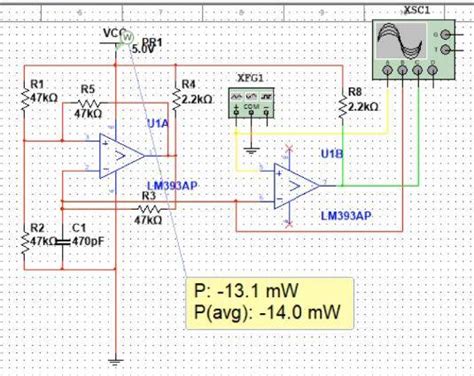 Read more: LM393: Pinout, Features, Applications, and Working Principle
Read more: LM393: Pinout, Features, Applications, and Working PrincipleLM393 Overview The LM393 integrates two independent Voltage Comparators in a single 8-pin package. It operates over a wide supply voltage range and can perform precision voltage comparison with low input bias current. Its robust design and ease of use make the LM393 a go-to choice for many analog circuit […]
-
 Read more: Thermocouple Sensor: An Affordable, Wide-Range Temperature Measurement Probe
Read more: Thermocouple Sensor: An Affordable, Wide-Range Temperature Measurement ProbeIntroduction to Thermocouple Sensors A thermocouple sensor is a versatile and widely used temperature measurement device that consists of two dissimilar metal wires joined together at one end, forming a junction. When the junction is exposed to a temperature different from the reference temperature at the other end of the […]
-
1N4732A: Everything You Need to Know!
Posted by
–
 Read more: 1N4732A: Everything You Need to Know!
Read more: 1N4732A: Everything You Need to Know!Introduction to Zener Diodes and the 1N4732A A Zener diode is a special type of diode that allows current to flow in the forward direction like a normal diode, but also in the reverse direction if the voltage is larger than the breakdown voltage known as “Zener knee voltage” or […]
-
LoPy: A Complete Overview
Posted by
–
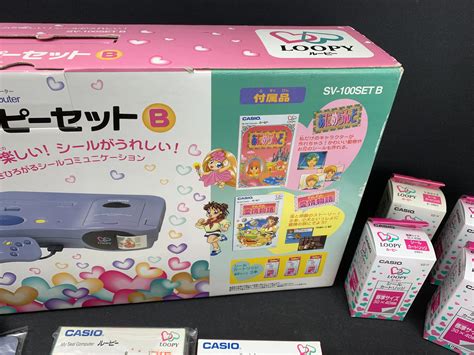 Read more: LoPy: A Complete Overview
Read more: LoPy: A Complete OverviewIntroduction to LoPy LoPy is a powerful and versatile IoT development board that combines the best of both worlds: the ease of use of Python programming and the low power consumption of the LoRa Technology. Developed by PyCom, LoPy is designed to enable developers to quickly create and deploy IoT […]
-
Panelization PCB-Ultimate Process Guide
Posted by
–
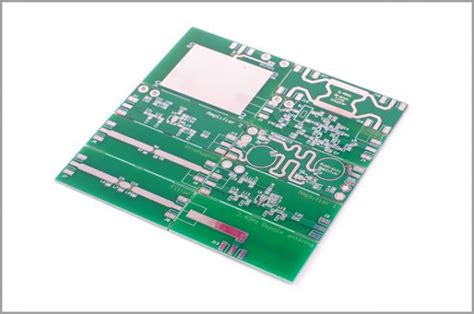 Read more: Panelization PCB-Ultimate Process Guide
Read more: Panelization PCB-Ultimate Process GuideWhat is Panelization PCB? Panelization PCB, also known as PCB Panel or PCB Array, is a process of combining multiple identical or different printed circuit board designs onto a single panel for manufacturing. This technique is widely used in the electronics industry to increase production efficiency, reduce costs, and optimize […]
-
How to Determine PCB Trace Width and Current
Posted by
–
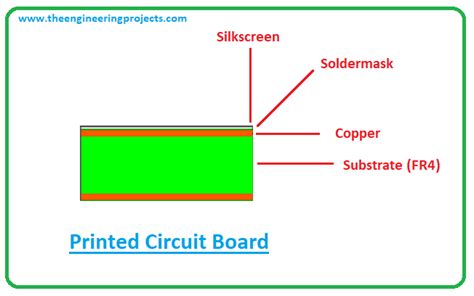 Read more: How to Determine PCB Trace Width and Current
Read more: How to Determine PCB Trace Width and CurrentUnderstanding the Importance of PCB Trace Width When designing a printed circuit board (PCB), one of the most critical aspects is determining the appropriate trace width for each connection. The trace width directly affects the current-carrying capacity and the overall performance of the PCB. Insufficient trace widths can lead to […]
-
 Read more: BME680 – An All-Inclusive Guide on the Environmental Sensor
Read more: BME680 – An All-Inclusive Guide on the Environmental SensorIntroduction to the BME680 Sensor The BME680 is a highly integrated environmental sensor from Bosch Sensortec that combines gas, pressure, humidity and temperature sensing capabilities in a compact package. It is designed for a wide range of applications, including indoor air quality monitoring, weather forecasting, and personal health monitoring devices. […]
-
Signal Integrity-How To Do It In PCB Design?
Posted by
–
 Read more: Signal Integrity-How To Do It In PCB Design?
Read more: Signal Integrity-How To Do It In PCB Design?Understanding Signal Integrity Signal integrity refers to the ability of an electrical signal to maintain its intended characteristics as it travels through a system. In PCB design, signal integrity is concerned with preserving the quality and timing of signals as they propagate through the interconnects, vias, and components on the […]
